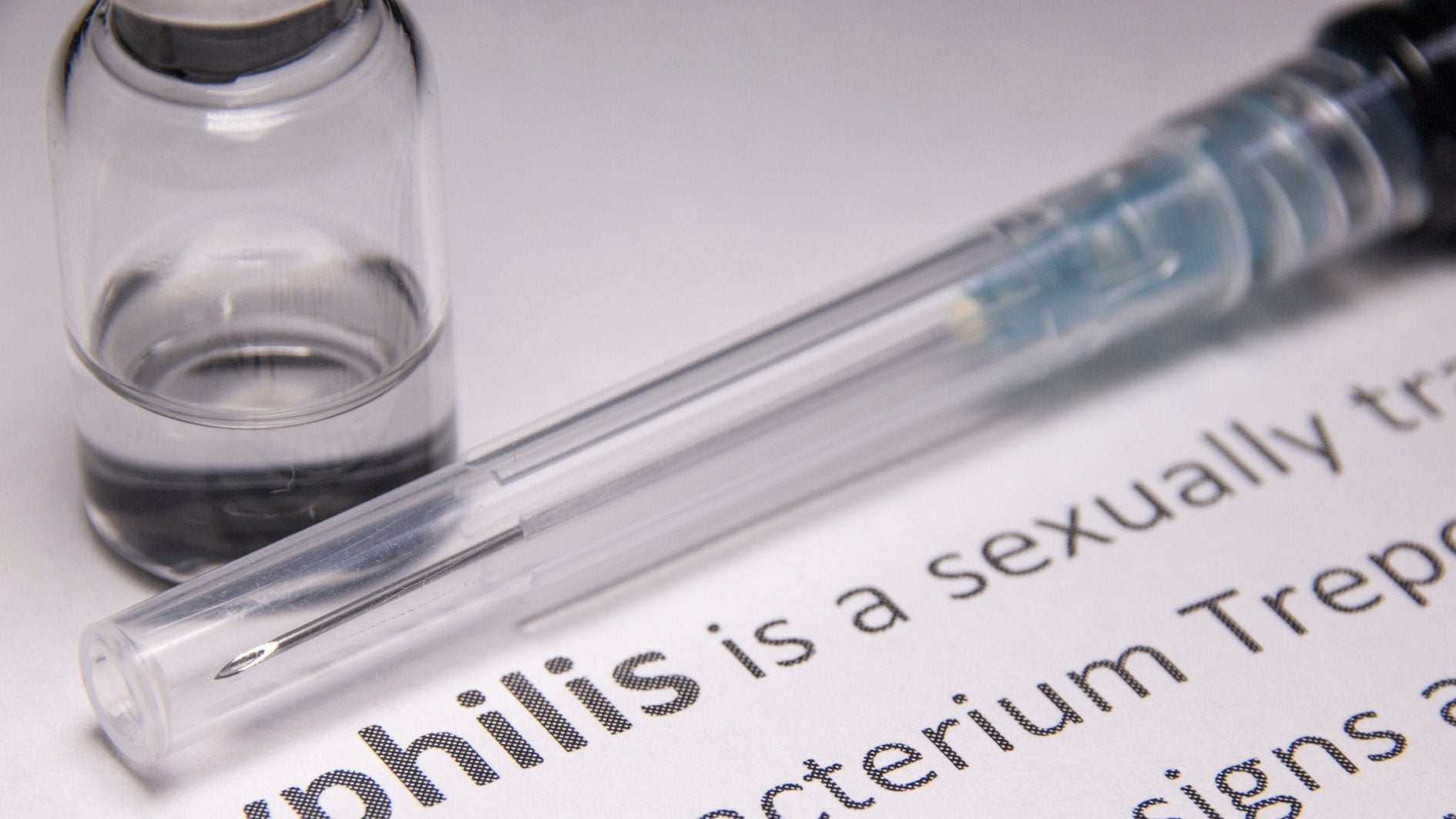Definition 🧬
Adenomyosis is a benign gynecological condition in which endometrial-like tissue invades and grows within the muscle layer of the uterus (myometrium). This condition mainly affects women of childbearing age and can cause significant symptoms.
Causes and pathophysiology 🕵️♀️
The exact causes of adenomyosis are not fully understood, but there are several theories:
• Invasion theory: Endometrial cells penetrate directly into the myometrium.
• Embryonic remnants: Malformations during embryonic development result in endometrium-like tissue remaining in the myometrium.
• Inflammatory processes and trauma: Previous uterine operations, inflammations or births can promote the penetration of the endometrium into the myometrium.
Symptoms of adenomyosis 😣
1. Heavy menstrual bleeding (menorrhagia) 🩸
- Long, heavy and painful periods.
- May cause anemia due to blood loss.
2. Painful menstruation (dysmenorrhea) 🌸
- Intense, cramping pain during menstruation.
- Pain may spread to the back or legs.
3. Chronic pelvic pain 🚻
- Persistent pain or pressure in the pelvic area, regardless of the menstrual cycle.
4. Enlarged uterus 🌐
- The uterus may enlarge and feel soft and enlarged during a gynecological examination.
- May cause abdominal distension.
5 . Feeling of pressure and swelling in the pelvic area ⚖️
- Due to the enlarged uterus, there may be a feeling of pressure in the pelvis.
6. Pain during sexual intercourse (dyspareunia) 💔
- Pain during or after sexual intercourse.
Diagnosis 🔍
Adenomyosis is diagnosed using a combination of different methods:
• History and physical examination: recording of symptoms and palpation of the enlarged uterus.
• Imaging procedures:
- Ultrasound: May show an enlarged, heterogeneous uterus.
- Magnetic resonance imaging (MRI): Provides more detailed images and can confirm the diagnosis.
• Histopathological examination: Final diagnosis by microscopic examination of tissue samples, usually after hysterectomy.
Treatment options 💊
Drug therapy:
- NSAIDs: Non-steroidal anti-inflammatory drugs for pain reduction.
- Hormone therapies: Oral contraceptives, GnRH agonists and other hormonal treatments to reduce menstrual bleeding and pain.
Surgical treatment:
- Endometrial ablation: removal of the uterine lining.
- Hysterectomy: removal of the uterus, which is considered a definitive cure.
Minimally invasive procedures:
- Uterine artery embolization (UAE): Reduces blood supply to the uterus and reduces symptoms.
Differences to endometriosis 🔬
Although adenomyosis and endometriosis share similar symptoms, there are key differences:
• Localization: In endometriosis, endometrium-like tissue grows outside the uterus, while in adenomyosis, it grows inside the myometrium.
• Treatment: While both conditions have similar drug treatments, the definitive treatment for adenomyosis may be a hysterectomy, which is not always the case with endometriosis.



